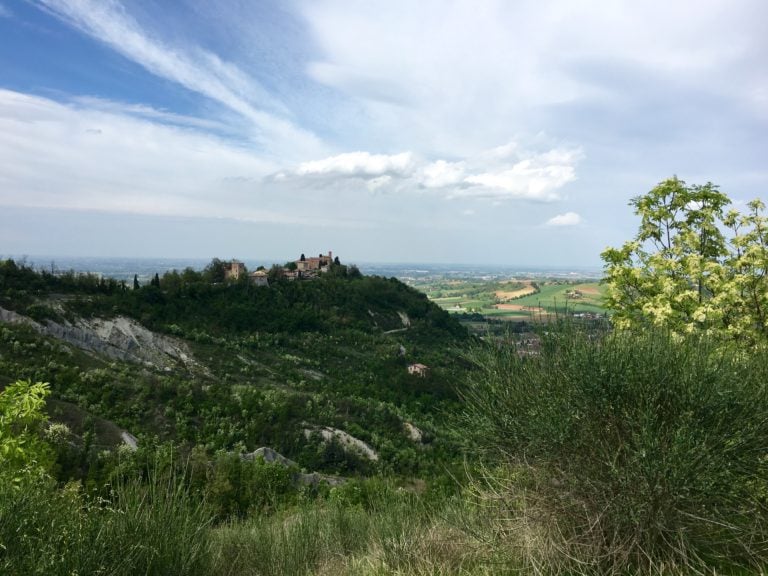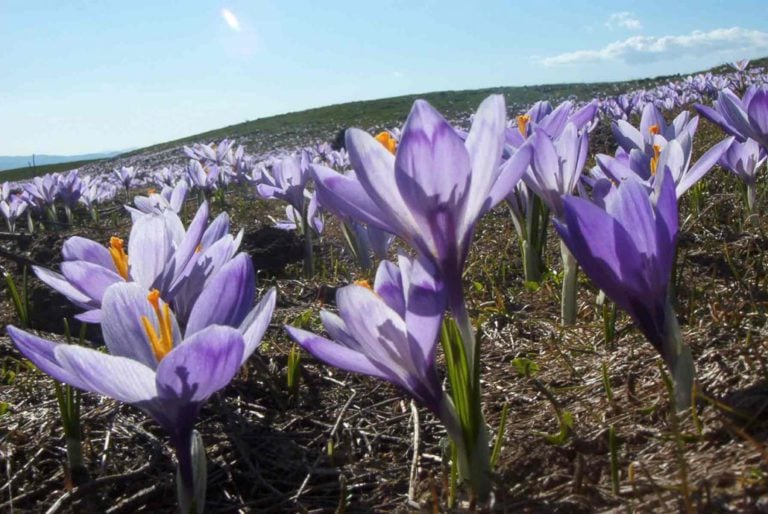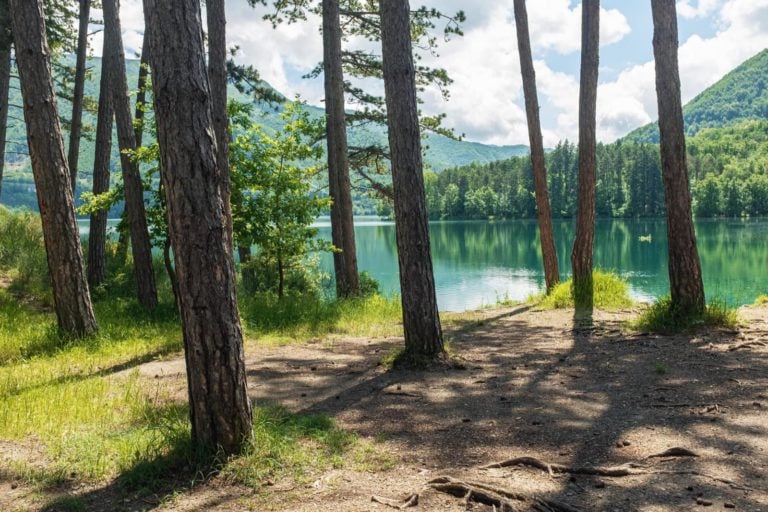After the Tuscan-Emilian Apennine Park, the Casentinesi Forests, the Po Delta and the parks around Bologna, we continue our section dedicated to the protected areas of Emilia-Romagna with the 7 regional parks located in the Emilia area, from Piacenza to Modena.
Parco del Frignano
The High Modenese Apennine Park, also known as the Frignano Park, protects the entire Modenese Apennine ridge, a territory of over 15,000 hectares that stretches from 500 metres above sea level to the 2,165 metres of Mount Cimone, the highest peak in the northern Apennines.
This is an extremely varied environment from a naturalistic point of view, where the oak and chestnut woods at lower altitudes give way to beech and conifer woods and, even higher up, to blueberry heaths and vast prairies that almost reach the peaks, over which the golden eagle soars.
Among the numerous lakes present, Lake Pratignano is a peat bog, one of the most valuable biotopes in the region in terms of rarity and peculiarity. The great abundance of water also creates torrents that form spectacular waterfalls.
From a socio-cultural point of view, the rich local historical heritage has bequeathed humpback bridges, old metati (rural building for the exsiccation of chestnuts) in chestnut groves, votive shrines, oratories, churches and stone houses in mountain villages.
The protected area offers a wide network of trails with routes that are perfect for mountain bikers and hiking lovers, while those who want to practice riding can take the Apennine Horse Trail.
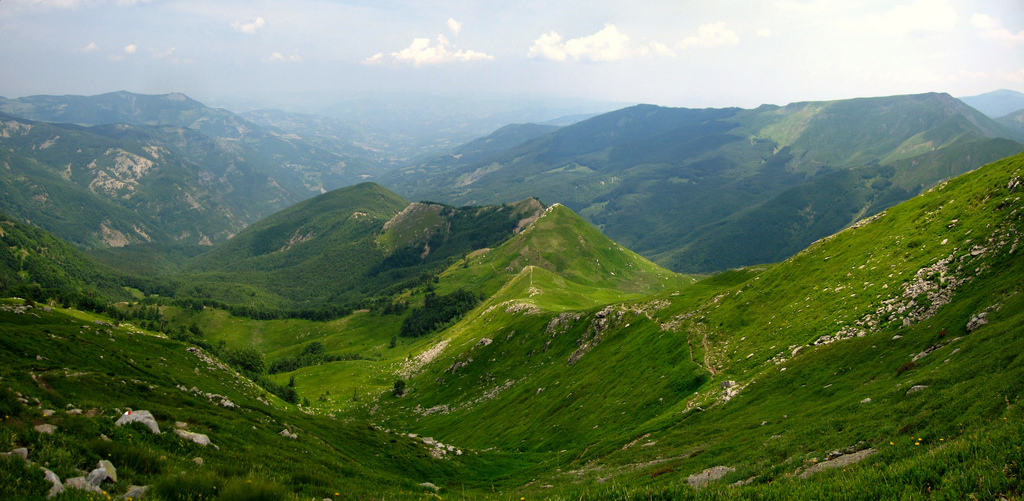
Parco dei Boschi di Carrega
The Parco dei Boschi di Carrega, the first regional park to be established back in 1982, stretches between the Taro river and the Baganza torrent, in a refined and elegant landscape characterised by large woods with small lakes, meadows, hedges and cultivated fields.
The beauty of the area has always fascinated the Parma nobility, who have historically elected these hills as a place of recreation and holiday. Since medieval times, in fact, the forests in the area (which belonged to the Sanvitale, Farnese and Borbone families over the centuries) were used for hunting.
The symbol of the area are the herds of roe deer that live there.
In the heart of the protected area, partly hidden by the lush vegetation of the English-style park designed by Barvitius, stands the Casino dei Boschi, one of the most splendid mansions in the entire region.
The park is covered by 10 simple itineraries to walk on foot and 2 itineraries suitable for bicycles.
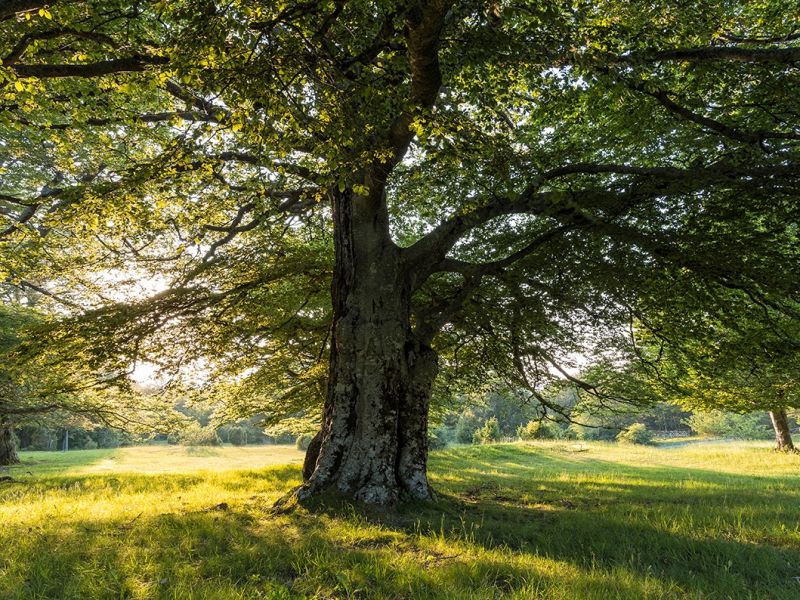
Parco dei Sassi di Roccamalatina
On the hills of the Middle Apennines of Modena, on the right side of the Panaro river valley, lies the Sassi di Roccamalatina Park. It is an area of 2,300 hectares comprising ancient chestnut groves, woods and cultivated land, in the centre of which the spectacular sandstone spires dominate a landscape dotted with medieval villages and towers.
A wide biodiversity of habitats concentrated in little space allows the presence of a variegated flora and numerous species of fauna: squirrel, moscardino, fox, roe deer and fallow deer move in the shelter of the woods, while in the skies birds of prey fly, like the peregrine falcon who elected this park as nesting place.
Among the most significant historical-architectural emergencies we find the ancient Trebbio Church, but also the numerous tower-houses and the swallows’ towers.
Over 100 kilometers of trails divided in many itineraries make the park accessible to visitors by foot, on horseback or by bike.

Sassi di Roccamalatina Ph Pagarau, via wikipedia
Parco dello Stirone e del Piacenziano
The Park, established in 2011 thanks to the union of the Stirone Regional Park and the Piacenziano geological nature reserve, develops for 14 km along the Stirone river valley, between the provinces of Parma and Piacenza.
The largest treasure that the park holds are the fossils, especially molluscs and marine gastropods, from the Tertiary and Quaternary ages, uncovered by erosive processes (partly due also to the extraction activities related to the construction of the Autostrada del Sole highway during the Fifties). These findings made the area known to the international scientific world: thanks to these fossils it has been possible to reconstruct important phases of the Apennine orogeny.
A Park that can be traveled in many different ways, with 3 accessible trails, 11 trails and 1 cycle path;
for lovers of palaeontology and geology, but not only, the itineraries of the Piacenziano Area are particularly interesting, paths that allow you to discover a piece of the evolution of the world: the so-called “Piacenziano Plan”, the period between 2,5 and 3,5 million of years ago.
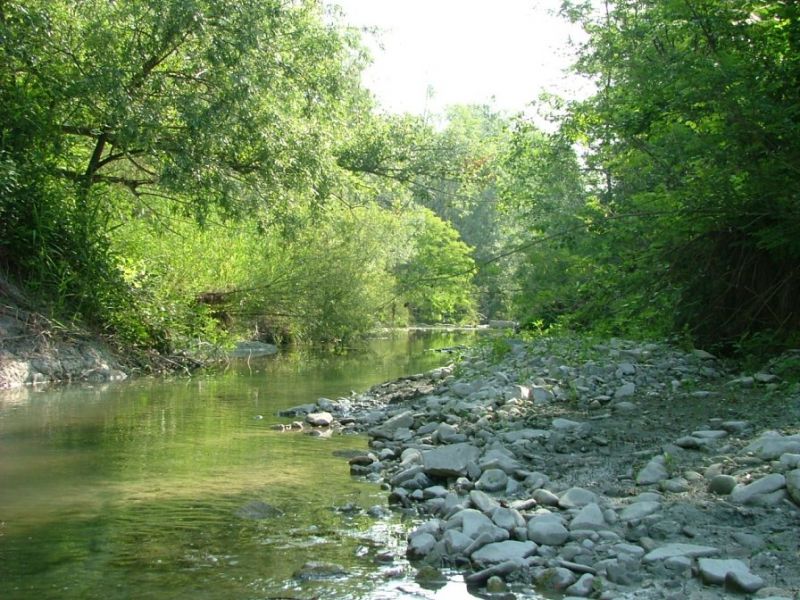
Parco Stirone, via parchidelducato.it
Parco del Taro
The Taro River Park extends in the province of Parma along the Taro River, from the via Emilia to Fornovo: a natural corridor where high natural places, agricultural areas and areas deeply modified by man live side by side.
The birds are undoubtedly the most interesting fauna element of the place: there have been observed over 270 species, even rare or with irregular appearance, a feature that has earned the park the recognition of European Special Protection Zone.
To be noted also the historical heritage of the area, largely linked to one of the main medieval streets, the Francigena Way which, coming from beyond the Alps, walked up the Taro valley up to the Cisa pass. At the medieval period it also dates back the Giarola Court, a magnificent fortified rural complex that now houses the park’s headquarters, as well as two of the Food Museums of the province of Parma: the Pomodoro Museum and the Pasta Museum.
Along the 20 km of river there are 10 trails and 1 cycle path that allows you to discover the territory and its peculiarities.

Taro Sunset, via parchidelducato.it
Parco del Trebbia
The Trebbia River Park, in the Piacenza area, protects about 30 km of the lower course of the river, starting from Rivergaro to the junction with the big Po River. The Trebbia River is one of the main tributaries of the Po River and it still retains good characteristics of naturalness; the area is rich in both environmental and geomorphological heterogeneity. The landscape is dominated by wide areas of Trebbia riverbed, that are very important for migratory birds, and by the fluvial terraces where meadows and shrubs alternate with traditional agricultural crops and mining areas.
5 short thematic tours allow you to observe the most characteristic environments of the protected area, as well as a cycle path and the 16th stage of the Via Francigena, which runs from Orio Litta to Piacenza.

Trebbia riverbed Ph. R Ziliani, via parchidelducato.it
Parco dei Cento Laghi
The Cedra and Parma Valleys Regional Park, better known as Parco dei Cento Laghi (A Hundred Lakes Park), protects a portion of the eastern Parma Apennines that includes the high valley of the Cedra torrent, the wild head of the Bratica torrent and the lower portion of the High Parma River Valley: a welcoming “Middle Earth” between the Parma plain and the peaks of the Tuscan-Emilian Appennine.
The presence of different altitudes ensures a remarkable variety of environments and a high degree of biodiversity: along the ridges of the Apennine, with the high Sillara Mount (1.859 mt), spectacular rock faces, flown over by the golden eagle, alternate with slopes sweeter, covered with blueberry moors and grasslands.
The territory also contains numerous testimonies of the last two glaciations, with ponds and peat bogs on the bottom of basins and glacial cirques.
There are many opportunities to discover the park on foot: 8 routes suitable for everyone, 8 perfect for the most trained hikers, in addition to the second stage of the Alta Via dei Parchi, the long stage that runs through the entire Lakes ridge from Lago Santo Parmense to Prato Spilla.
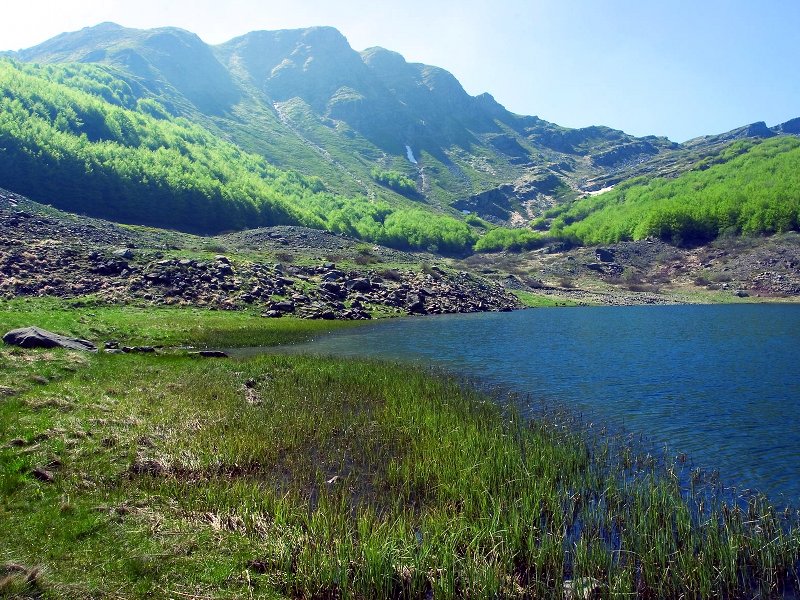
Lago Verde, via parchidelducato.it
Author

Elisa Mazzini
Social Media Manager for @inEmiliaRomagna and full-time mom.
You may also like

Interested in our newsletter?
Every first of the month, an email (in Italian) with selected contents and upcoming events.
5 hikes to discover the Casentinesi Forests on foot
by Elisa Mazzini /// October 19, 2020
5 natural spots to discover in Emilia-Romagna
by Elisa Mazzini /// September 19, 2016
Hiking Emilia-Romagna: 5 trails you cannot miss
by Walter Manni /// February 24, 2020
